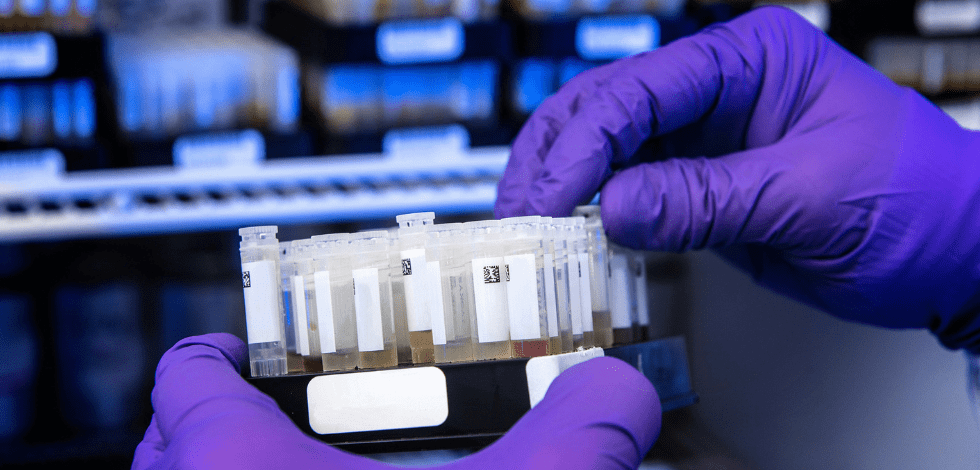Many businesses assume R&D incentives don’t apply to them, but companies of all sizes and a vast range of industries can often claim for R&D tax relief. In reality, the definition of R&D for tax purposes is broader than expected, meaning some of your everyday activities are likely to qualify as well.
When it comes to innovation activities and expenditures, however, what exactly qualifies under the scheme? In this article, find out what sort of projects could qualify under the R&D tax relief scheme and discover what is considered R&D across different key sectors.
Who can claim for R&D tax relief?
Every registered company in the UK is eligible for R&D incentive schemes, as long as the company:
- Is a limited company and therefore subject to Corporation Tax.
- Carries out qualifying R&D activities.
In terms of the size of your business, recent reforms have merged the old SME and RDEC schemes into a single scheme for companies of all sizes, effective April 1, 2024. Additionally, the Enhanced R&D Intensive Scheme (ERIS) provides higher credits for loss-making, R&D-focused SMEs.
Your business must also fulfil all the relevant eligibility criteria to claim R&D tax credits.
Download our R&D tax 101 guide where it outlines all eligibility criteria and details of the new merged scheme.
Understanding the meaning of R&D for tax purposes
The definition of R&D is quite broad, so identifying eligible expenditures can be tricky without a trusted and experienced R&D tax specialist and innovation partner like Ayming.
Generally speaking, however, the government recognises and rewards innovative activities across a vast range of sectors with tax relief. The definition as outlined from the Department of Science, Information and Technology (DSIT) can be simply understood as three key criteria that determine whether your innovation projects are eligible for tax relief.
Therefore, the following three criteria need to be met when qualifying activity for R&D tax relief:
- The activities carried out during the project must fall within a field of science or technology.
- The end goal of the project should be to advance that field of science or technology.
- The project must involve an element of uncertainty, such as challenges, constraints or trends that must be overcome.
Could my projects qualify for R&D tax credits?
Furthering on the definition of R&D for tax purposes, its important to know what sort of activity could demonstrate the aforementioned three criteria. Below we have included some examples of what sort of R&D activity tends to qualify, and what definitely wouldn’t.
What qualifies for R&D tax relief?
R&D activity that yields one or more of the attributes below usually can be considered for qualification.
- Brand new, never seen before.
- Demonstrate appreciable improvements to existing processes, designs, and products.
- Incorporate a duplicate technology in a new way.
- Have won awards or received industry recognition.
- Particularly green, innovative, or unusual
- Projects that were challenging; required lots of trials, changes, and iterations.
What wouldn’t qualify?
- Buying an off-the-shelf solution and using it as-is, with no significant integrations or extensions.
- Straightforward “keep the lights on”, business as usual activity, and maintenance work.
- Work that is done entirely by a third party.
Sector-specific examples
Click the links below to learn more about specific qualifying activities and expenditures across different industries.
- Financial services sector
- Construction and engineering
- Energy
- Food and beverage
- Life sciences, pharma and biotechnology
- Manufacturing
- IT & technology
Ayming can help you with your claim
Now that you have a better idea about what qualifies for R&D credit, get in touch and we can help you make the most out of your claim.
We have vast knowledge and experience with qualifying R&D activities and expenditures across various sectors and industries. This means we’re well-placed to help you make sure your claim is robust and that the claims process is as streamlined and simplified as possible.
We’ll talk with the members of your team carrying out the innovation activities to fully understand and uncover all qualifying expenditure. We’ll also tailor our approach to best suit the way your company operates and your innovation funding goals.
In short, we’ll be with you every step of the way to fully support your R&D tax claim, end-to-end.
Talk to us today to get started on your R&D tax claim















No Comments